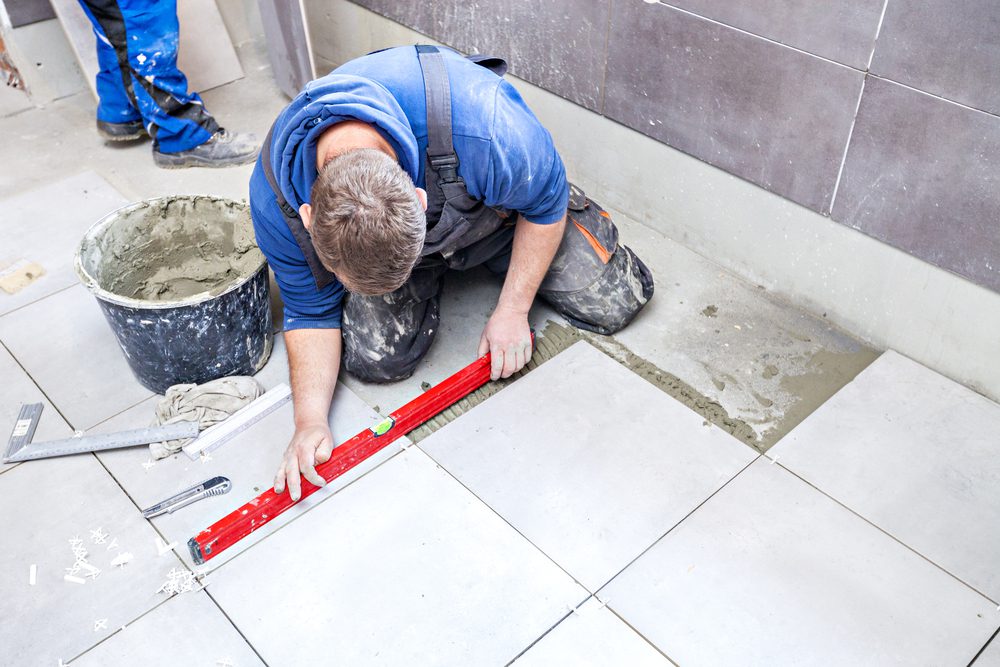
A home remodeling project is something most homeowners will tackle at some point. Regardless of the magnitude of the upgrade, you can minimize your risk of financial loss by making sure the right insurance is in place before and after the work takes place.
It’s easy to hope nothing is going to happen, but an incident is much more likely to occur during construction. Failing to address this possibility beforehand can cost you hundreds of thousands of dollars.
Before the remodel
The most important thing you want to do before you agree to hire a contractor is to make sure the company has a contractor’s liability insurance policy in place. The minimum amount of general liability coverage your contractor should have is $1 million.
If the contractor has workers, then you should ask for a worker’s compensation policy, as well. In some cases, the contractor will state that the workers are subcontractors and therefore not true employees, so they don’t need worker’s compensation insurance.
However, the legal system may very well view these “subcontractors” as employees. As such, this can put you at risk should an injury occur to any of these workers.
Here are the characteristics of true subcontractors:
- They have contractor’s licenses.
- They have their own insurance.
- They specialize in one type of contracting.
- They may have employees.
-
They have their own vehicles and equipment.
If most of these characteristics are not present, then there is a good chance the legal system can deem them as an employee of the general contractor. Again, this can put you at risk if the contractor does not carry any worker’s comp insurance.
It’s worth paying more to hire the right contractor than have to deal with a contractor that doesn’t have the right insurance in place.
A contractor without appropriate insurance rarely wants to admit this. This is why it’s important to ask for a certificate of insurance for these policies. The certificate should be sent directly to you from the contractor’s insurance agent.
Make sure the dates are current or will at least offer coverage throughout the duration of your remodel job. If the policy is going to expire in the middle of the project, be sure to get an updated certificate.
In addition, you may want to secure a builder’s risk policy for the uninstalled material that is stored on the premises. Depending on your remodel situation, this may or may not be covered by your homeowner’s insurance.
Check with your agent or insurer before you plan on having raw materials stored on your property. It’s also best to discuss any other insurance issues with your agent.
After construction
Once construction is complete, you should review your homeowner’s policy coverage with us. The top priority is to make sure your home is fully insured according to the new rebuilding value.
If you have done an interior remodel and not an expansion, you have likely increased the cost per square footage.
If you have undertaken an expansion, then you need to account for your additional square footage. We will prepare an updated replacement cost estimate, which will take into account the characteristics of your rebuilt home.
This is extremely important, since you have invested tens of thousands of dollars upgrading your home, and you need to to protect that investment.




